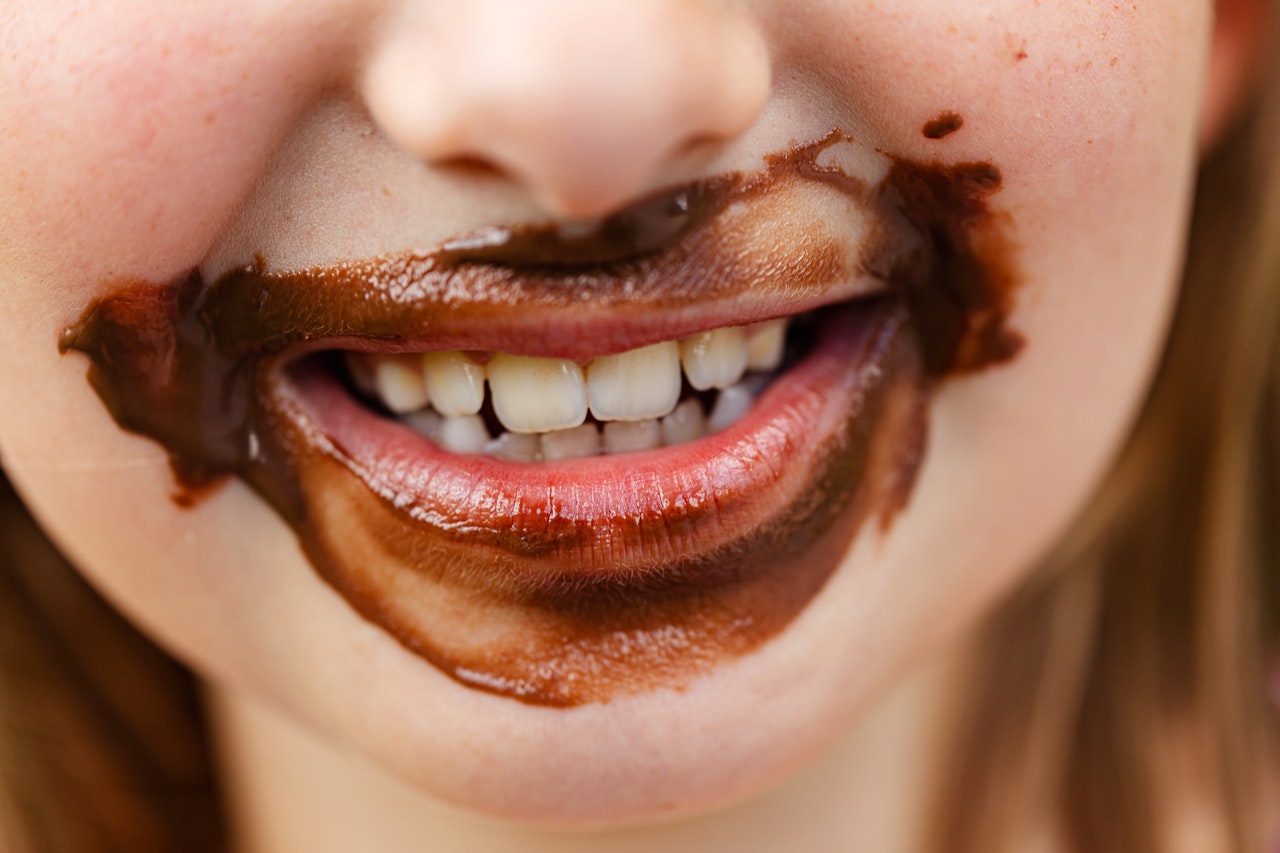To be completely open right at the beginning, tooth decay is not a fun thing at all. On the contrary, caries is the biggest enemy of our teeth; it destroys both health and appearance, and we would all like to have a beautiful smile, wouldn’t we? Tooth decay is a very common and widespread health problem—in fact, one of the most significant problems in modern dental care. The most important things to know are its causes and prevention. Because when you know how tooth decay and aches occur and how to prevent them, then you are on the right path to avoid encountering this inconvenience. Read on as we’ll discuss top tips on how to prevent it and spare yourself a trip to the dentist.

Caries or tooth decay
Caries occurs when acids destroy the surface layer of the tooth, better known as enamel. These acids are formed in a sticky layer of bacteria known as plaque. Plaque contains bacteria that feed on foods high in sugar and starch. Over time, caries can cause cavities to form on tooth surfaces. One of the many means of preventing this from ever happening is by following some simple steps.
Maintain proper and regular oral hygiene: The best way to reduce the risk of caries is to brush your teeth twice a day with toothpaste and use floss every day. This will thoroughly clean your teeth (provided you do it properly) and get rid of bacteria, plaque, and food debris on your teeth.
Avoid consuming sweetened foods: Bacteria feed on sweetened foods, so the best way to prevent tooth decay is to limit their consumption. Frequent intake of foods rich in sugar prevents saliva from destroying bacteria and dental plaque and keeping teeth clean and healthy, which is one of its main functions.
What to do if I already have it?
Unfortunately, the permanent damage to the teeth can be repaired only one way: by going to the dentist, who’ll fill in the cavity and prevent further tooth decay. This means if the process of tooth decay is well on its way, you’ll have to go to the dentist and make sure to treat the issue properly. There are numerous treatments involved. For example, if you have a toothache, chances are you’ll need to treat the teeth’s roots, meaning the dentist will have to perform root cleaning and later fill the cavity to prevent further decay. This can hurt a bit. Thankfully, modern dentistry and anesthesia go hand in hand, and chances are you won’t feel a thing while the dentist is performing the whole procedure.
Sometimes people who already have fillings did it a long time ago, and earlier these fillings (with the intention of lasting you a lifetime) resemble metal pieces being glued on your cavities. They can appear unattractive, which is why you can always replace them with restorative fillings. As the folks at katebraymandds.com explain, these fillings are colored to reduce the contrast between your natural teeth and the filling itself. This makes them “considerably less noticeable” and restores the look of your teeth, making them appear as if nothing has ever been “repaired”. These fillings, although they have a shorter life span than their black counterparts, are more attractive and can last you a long time. In some cases, people have reported completely forgetting about it since it appears no different from their other teeth and since they usually last for 10 years. Also, they are less toxic and do not damage your teeth due to the temperature difference between metal and your teeth.
It is also worth noting that when we feel that a tooth hurts, it does not necessarily mean that it is a specific tooth. Sometimes there might be inflammation of the periodontal pocket. It is the space between two teeth that is often a place of food retention and the formation of periodontal pockets that cause big problems if they are not treated. Also, non-emerging wisdom teeth can lead to very strong inflammation accompanied by pain and complications.

Further prevention
Fluoride prevents the growth of acid-producing bacteria. That is why fluoride is very important in the fight against caries. Water from the city water supply system is often fluoridated. You can also take fluoride supplements. The easiest way to get enough fluoride is to drink fluoridated bottled water or use fluoride toothpaste. Children’s dentists frequently use fluoride fillings on children, and consistent use can help save the child from future difficulties.
Prevention in children
Although cavities are not inherited, parents can unknowingly pass them on to their children. Babies are born without harmful bacteria in the oral cavity. However, if you use the same spoon as your baby, or if you let your child brush their teeth with your toothbrush, you can transmit bacteria to them. If you have any dental problems, visit your dentist. This way, you’ll prevent your children from getting cavities early on. And of course, taking care of the child’s diet (avoiding sugary and sweet things) should be another prevention method.
If the toothache happens during the night, we advise taking some aspirin or ibuprofen to ease the pain and paying a visit to your dentist first thing in the morning to prevent any further decay or inflammation. By simply following these easy steps and knowing the cause of decay, you’ll save yourself a lot of time and pain.








